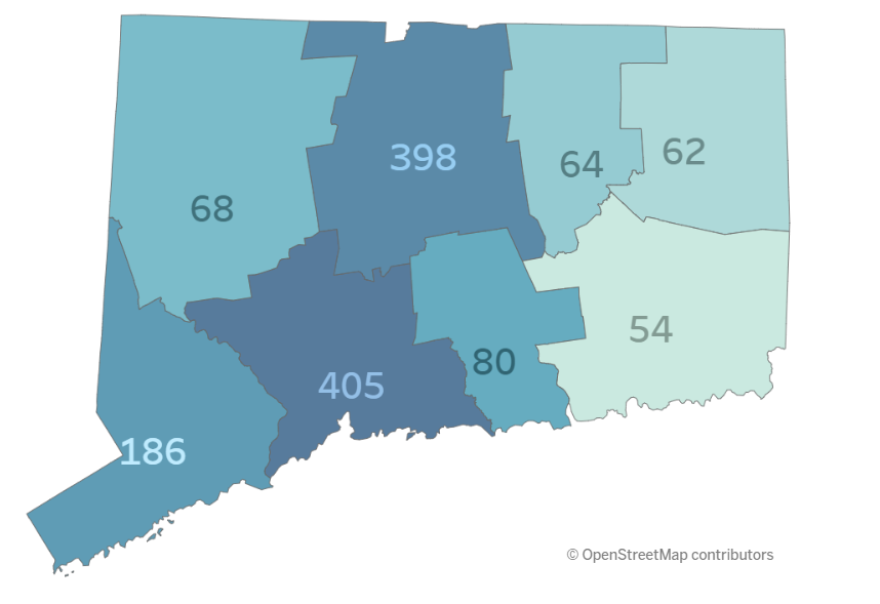Figures on overdose deaths grab headlines, but treatment data could save lives. In response, health officials have released new information on emergency room visits for drug overdoses, numbers that paint a fuller picture of the state's opioid crisis.
“What we're trying to do is have a better assessment of all the different data points that may be related to the overdose,” said Raul Pino, commissioner of the state Department of Public Health.
Pino said death numbers and subsequent toxicology reports are crucial for understanding Connecticut's opioid crisis. In the last six years, those deaths have nearly tripled in Connecticut, according to the Office of the Chief Medical Examiner.
But what about people who are treated?
“There are many people who survive the overdose,” Pino said.
To track that, DPH is working with 27 emergency departments around the state. They will digitally report, in near real time, suspected overdoses.
“So we have the ability, to quickly adapt to the changes in the environment,” Pino said. “To have a more granular view of what type of drug, specifically, are causing this in the community.”
Patient data will remain anonymous.
Over January and February, DPH said emergency rooms saw a weekly average of about 150 suspected drug overdoses.
New Haven and Hartford counties accounted for around two-thirds of the more than 1,300 total visits.
Pino said health directors and others who need the overdose data on a town-by-town or zip code level, will be able to get that. The general public will have access to overdose treatment numbers for their counties in the coming months.


